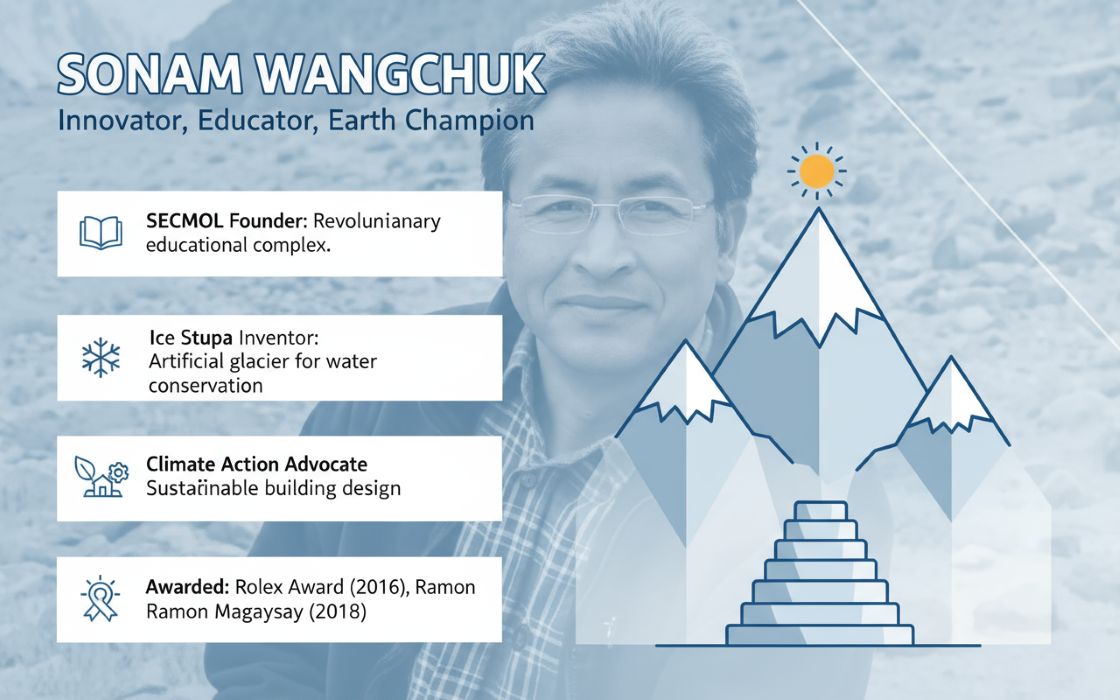Exploring the Intersections of Creativity, Sustainability and Policy
The global fashion industry accounts for about 10% of global carbon emissions while generating over 92 million tons of waste annually. In the UK alone around 3,00,000 tons of clothing are sent to landfills each year. India also contributes a staggering 8.5% to global textile waste. Highlighting the urgent need for sustainable practices in both regions, the British Council in Delhi is focussing on textile innovation to drive meaningful change.
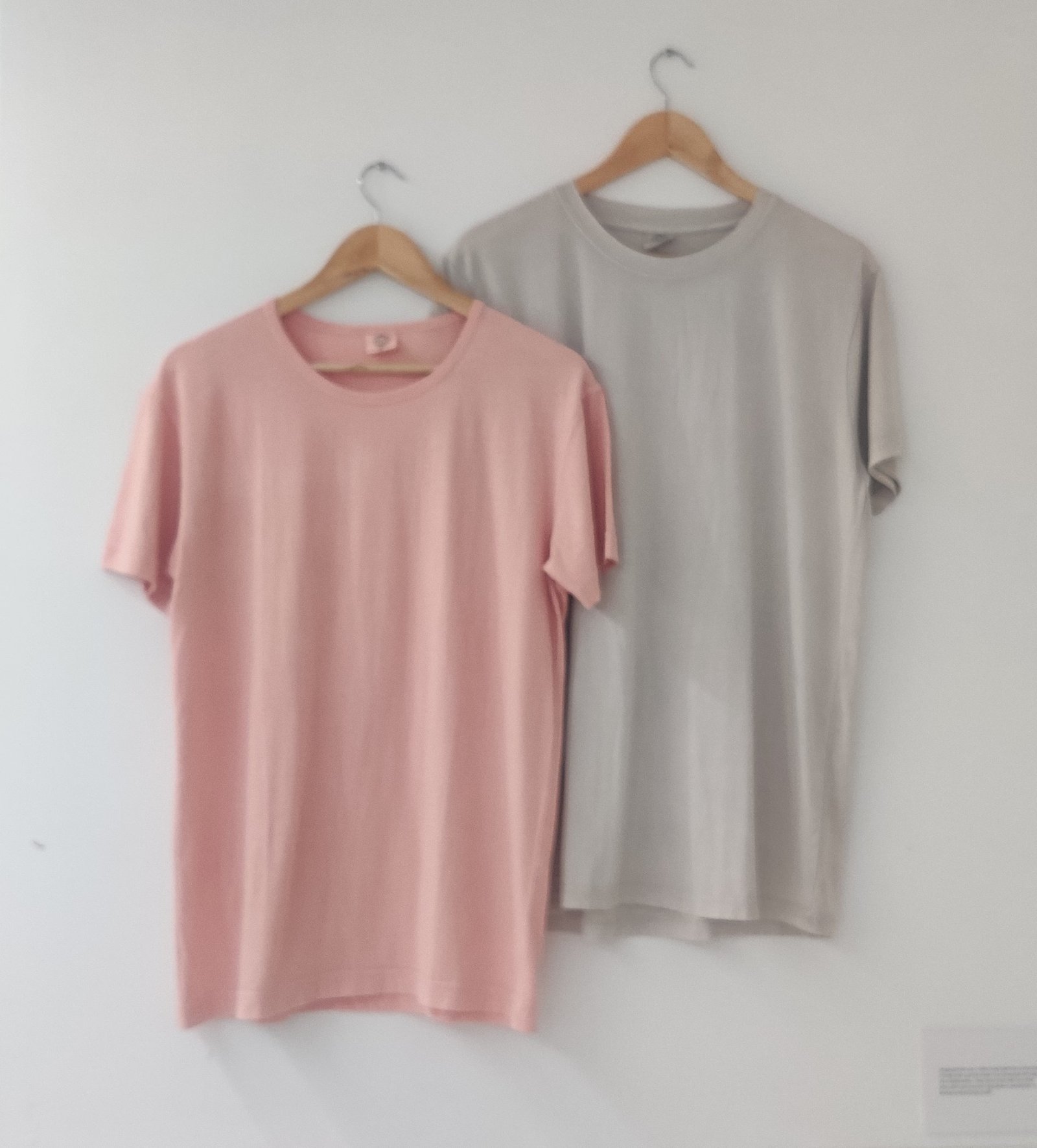 The dynamic visionary spearheading these initiatives is Alison Barrett MBE, who leads the India operations of the British Council across Education and Arts. With a career spanning over two decades, Barrett is passionate about fostering sustainability through the arts and building bridges between diverse communities. Her work emphasizes the transformative potential of creative expression in addressing global challenges like climate change and cultural preservation.
The dynamic visionary spearheading these initiatives is Alison Barrett MBE, who leads the India operations of the British Council across Education and Arts. With a career spanning over two decades, Barrett is passionate about fostering sustainability through the arts and building bridges between diverse communities. Her work emphasizes the transformative potential of creative expression in addressing global challenges like climate change and cultural preservation.
One of the latest initiatives launched by her in India being ‘The Making Matters’ Exhibition. This groundbreaking project highlights the intersection of sustainable fashion, innovation and artisanal craftsmanship, bringing together expertise from the UK and India.
By showcasing collaborative efforts between artisans, academics and businesses, the exhibition underscores the potential of cultural and scientific synergies to address urgent environmental challenges. From biodegradable sequins to wool supply chain optimization, Making Matters reflects how art can be a catalyst for climate action and policy innovation.
The following conversation with Alison Barrett delves into the critical role of art and culture in building climate resilience, the challenges and triumphs of scaling sustainable solutions, and the profound impact of international partnerships in driving meaningful change.
Q. How do you see art’s broader role in addressing climate challenges?
A. That’s a fascinating question. Many people often ask why the British Council is involved in climate and sustainability work. The answer is simple: we cannot solve the world’s most intractable problems—like keeping the planet below 1.5°C—without bridging science and art.
Art helps us understand realities on the ground in ways that are deeply human. Through stories, poems, visual art, and performance, it animates the science and makes it accessible. Art influences values and behaviours in a way science alone cannot. Climate challenges require an interdisciplinary approach. Art, though often overlooked, is vital in driving cultural shifts. And let’s be clear: this is not just a climate crisis—it’s also a cultural crisis. Without changing our behaviors and practices, we cannot move toward a sustainable future.
This exhibition demonstrates the power of art in enabling change. Beyond being a tool, art is also a sector of significant impact. For example, the G20 recognized culture as a driver of the Sustainable Development Goals (SDGs). Through this initiative, we are addressing issues like rural livelihoods, sustainability, international cooperation, and scaling innovations to give consumers better choices.
Q: What kind of policy or institutional support do you think is needed to strengthen the connection between art and climate resilience?
A. This exhibition itself is an example of the support required. We collaborated with the University of Arts London, specifically the Fashion, Textiles and Technology Institute, to combine academic expertise with local knowledge from small and medium enterprises (SMEs) in India. These Indian SMEs bring a deep understanding of indigenous practices and on-the-ground realities.
This partnership bridges academic innovation, business acumen and the craftsmanship of artisans. Together, they’re developing new ideas that are then presented to investors. The goal is to ensure scalability while also preserving the cultural richness and sustainable practices embedded in local traditions.
Q. Speaking of partnerships, how do you see the India-UK collaboration evolving in sustainable fashion?
A. India and the UK are natural partners. India is one of the largest producers of textiles globally, especially handloom textiles. The craft sector employs around 200 million people, largely women, which showcases immense potential for scalability and innovation.
On the other hand, the UK has decades of expertise in the creative industries, from identifying solutions to scaling them globally. Together, this partnership blends India’s rich heritage and entrepreneurial spirit with the UK’s market and research expertise.
As a part of our work in the arts, the British Council has initiated several collaborations between India and the UK to bring a shared understanding of how indigenous craft and new technology can help build a more climate-positive fashion and textile industry. It features our flagship programme - New Landscapes - a grant programme for collaborative R&D projects; a toolkit for craft entrepreneurs; an artisan residency with Arts University Plymouth and our partnerships with Circular Design Challenge and United Nations.
The New Landscapes India R&D programme offers six grants of up to £7,000 for collaborative projects led by designers, entrepreneurs and SMEs in the UK and India. We partner with leading institutions like Fashion Textile and Technology Institute of University of Arts, London, to mentor and provide support to the grantees.
Q. Could you share some innovative sustainable practices or technologies emerging from this collaboration?
A. Absolutely! Here are three examples:
 Sustainable Sequins: One project focuses on creating biodegradable sequins. The demand for sequins is high, but current materials contribute to ocean pollution as they don’t degrade. This initiative aims to offer a sustainable alternative.
Sustainable Sequins: One project focuses on creating biodegradable sequins. The demand for sequins is high, but current materials contribute to ocean pollution as they don’t degrade. This initiative aims to offer a sustainable alternative.
Wool Production App: In India, 80% of wool is discarded due to challenges in maintaining and tracing it. We are working on a new app to ensure better supply chain management, reducing waste and repurposing wool for products ranging from clothing to insulation.
Artisan-in-Residence Program: The British Council facilitated an artisan from Gujarat’s Kutch district to spend several weeks in the UK, engaging with academics and stakeholders. Celebrated textile expert, Shamji Vankar visited Plymouth, UK,to work with the student community. This exchange allowed the artisan to refine their craft, develop innovative concepts and showcase their work at this exhibition.
Q: How do you see young people contributing to collective climate action, especially through the British Council’s programmes?
A. Young people are at the heart of this movement. In our annual survey, sustainability and climate are consistently their top concerns. We focus on equipping them with the knowledge, networks and platforms they need to drive change.
For instance, during COP26, Heeta Lakani from Mumbai recognized the gap in negotiation skills among youth negotiators. She co-founded the Youth Negotiators Academy with seed funding from the British Council. This programme trains young leaders in negotiation skills, empowering them to advocate more effectively at global forums like COP.
Q. Scaling these innovations is crucial. What challenges do you foresee in making them everyday solutions for people?
A. Scalability often hinges on cost-effectiveness and practicality. That’s why this programme emphasizes rigorous research and development. The SMEs involved undergo testing, evaluation and feedback to ensure their products meet sustainability goals and consumer needs.
Moreover, we continually connect these enterprises with investors. Whether it’s showcasing solutions at conclaves or bringing in UK parliamentarians to explore funding avenues, we act as catalysts to bridge the gap between innovation and market readiness.
Q. Can you tell us more about the Making Matters Exhibition? What inspired it, and what outcomes do you hope to achieve?
A. The exhibition is a culmination of years of work in sustainability. After the G20 spotlighted sustainable fashion, we identified opportunities for India-UK collaboration. Working with Fashion Revolution India, we documented best practices across India, which informed this initiative.
The outcomes are multifaceted. For example, the wool project aims to drastically reduce waste, while others focus on bringing innovative products to market. More broadly, the goal is to empower artisans, foster collaboration and create a sustainable future for the creative industries.
Q. Lastly, what’s next for the British Council in this space?
A. We’re excited about several upcoming projects. For instance, at the Hornbill Festival, which is taking place in Kohima in December, a Welsh artist and a Nagaland artist will debut a collaborative piece. Additionally, we’re hosting roundtables with state governments to explore creative industries’ potential. This continued focus on sustainability and creativity is at the core of our work in India and globally.




 The dynamic visionary spearheading these initiatives is Alison Barrett MBE, who leads the India operations of the British Council across Education and Arts. With a career spanning over two decades, Barrett is passionate about fostering sustainability through the arts and building bridges between diverse communities. Her work emphasizes the transformative potential of creative expression in addressing global challenges like climate change and cultural preservation.
The dynamic visionary spearheading these initiatives is Alison Barrett MBE, who leads the India operations of the British Council across Education and Arts. With a career spanning over two decades, Barrett is passionate about fostering sustainability through the arts and building bridges between diverse communities. Her work emphasizes the transformative potential of creative expression in addressing global challenges like climate change and cultural preservation. Sustainable Sequins: One project focuses on creating biodegradable sequins. The demand for sequins is high, but current materials contribute to ocean pollution as they don’t degrade. This initiative aims to offer a sustainable alternative.
Sustainable Sequins: One project focuses on creating biodegradable sequins. The demand for sequins is high, but current materials contribute to ocean pollution as they don’t degrade. This initiative aims to offer a sustainable alternative.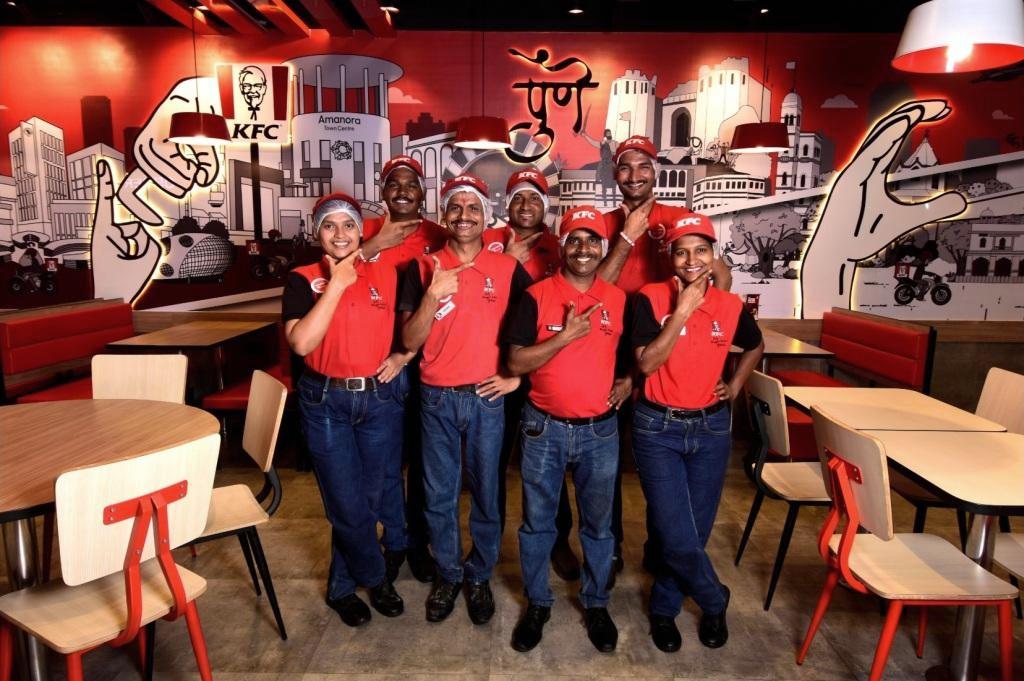

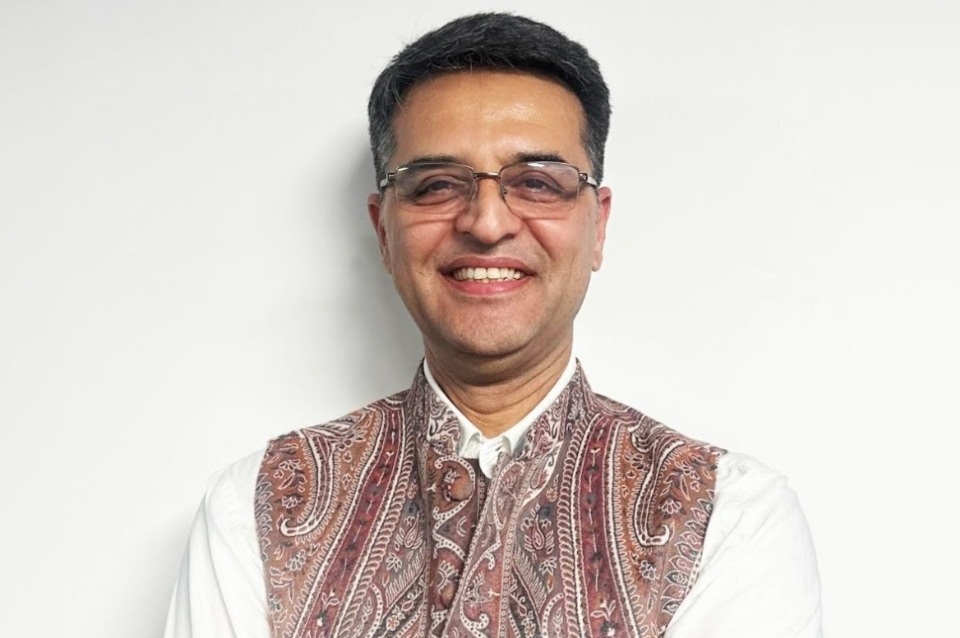
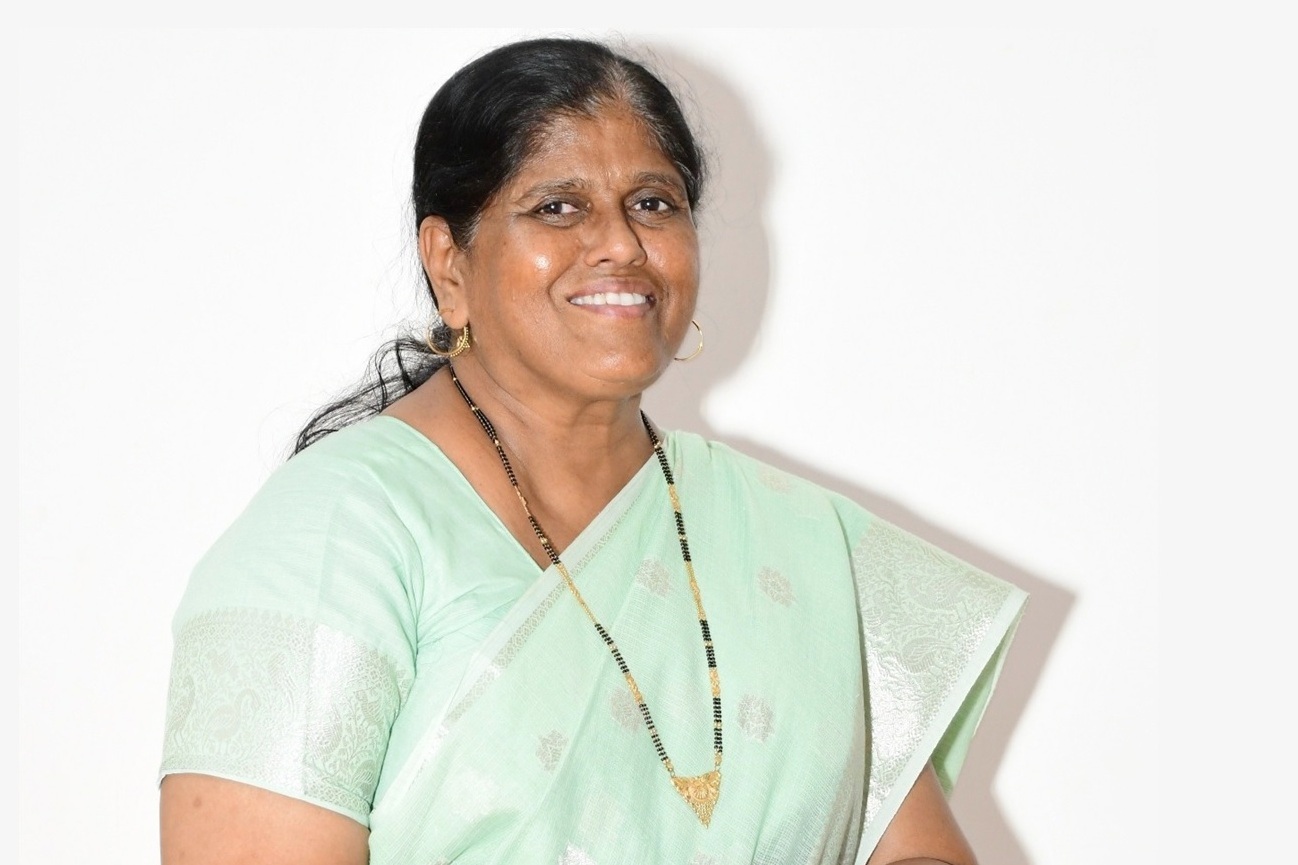


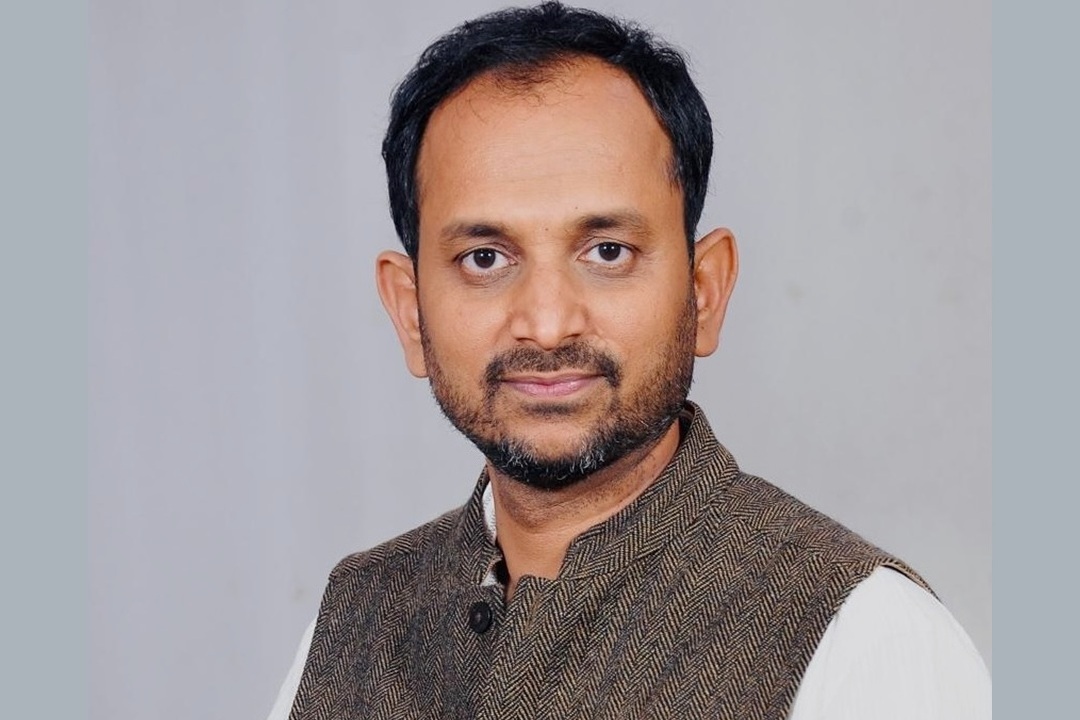
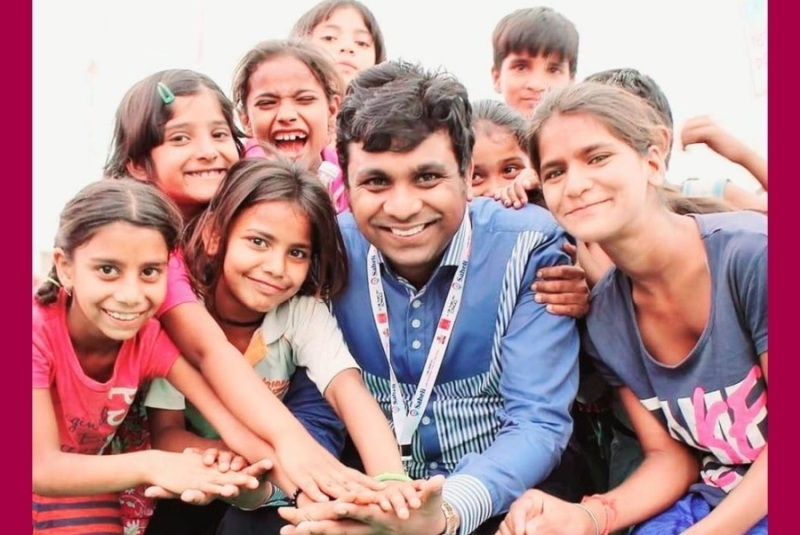
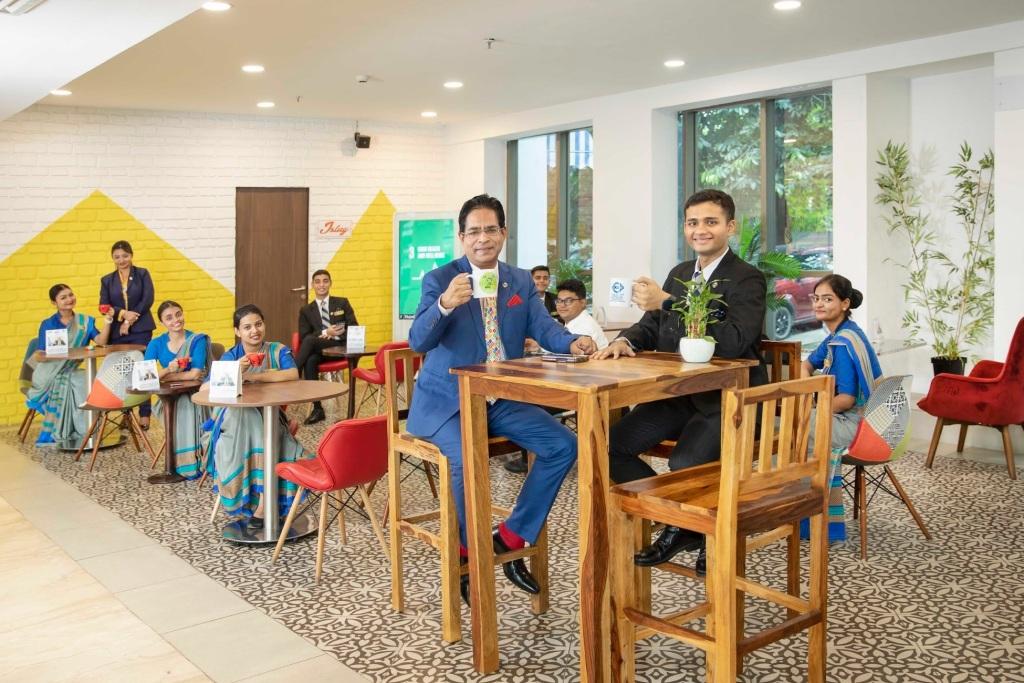

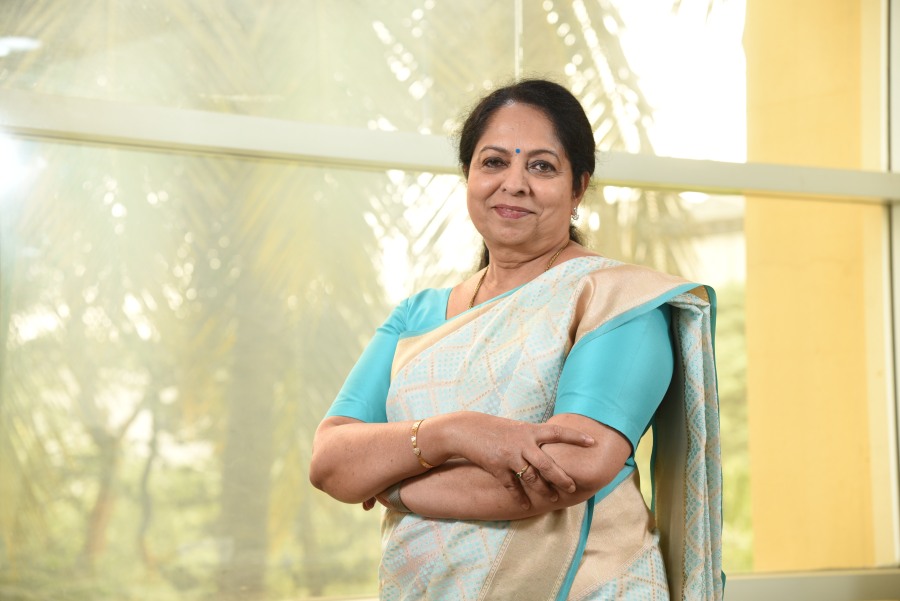
.jpg)

